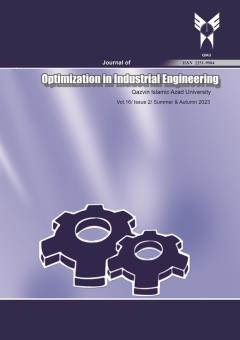This research sought to identify the best welding processes with the lowest de-fective rate. It is important to select the most appropriate welding process for a certain condition, such as welding, taking into consideration technical and eco-nomic viability. This study
More
This research sought to identify the best welding processes with the lowest de-fective rate. It is important to select the most appropriate welding process for a certain condition, such as welding, taking into consideration technical and eco-nomic viability. This study will help the key person in the organisation make the right decision on the selection welding process. The existence of many welding processes on the market, each with their own sets of advantages and disad-vantages, makes determining the optimal welding process for a given situation challenging. As a result, selecting which welding process would provide the best welding quality at the lowest cost is critical to the success of any company's mar-ket strategy. There are three (3) variables that will be further investigated, which are: weld-ing process (WP), defective rate (DR), and types of welding defect (WD). This study will analyse welder data from the welding department in MMHE, Pasir Gudang, Johor. The software that is going to be used is Minitab and SPSS. The re-search methodology starts with data collection, data screening, description analy-sis, inferential statistical analysis, independent sample t-test, correlation analysis, and regression analysis. The result of the analysis shows that there is a correlation between WP versus DR and WP versus WD, but it is a weak correlation. The re-sults also show that SAW is the best welding process and contributes almost no defects. The SAW process is the right choice for fabricators to use in the structural fabrication industry. However, due to time constraints, probably the cost factor of SAW process is slightly higher than other welding processes not discussed in this study
Manuscript profile


